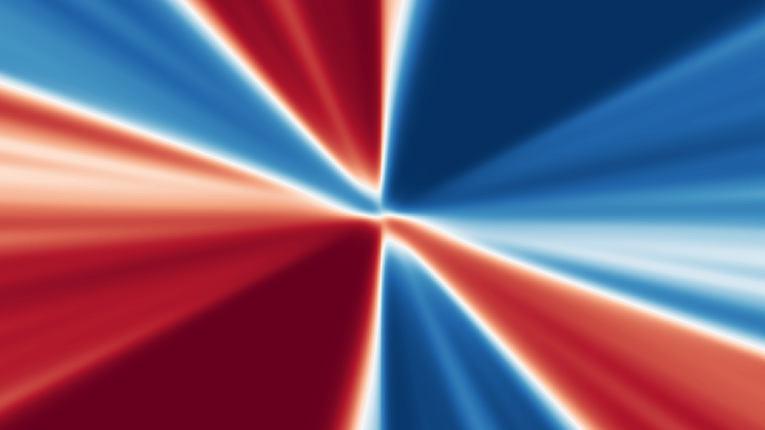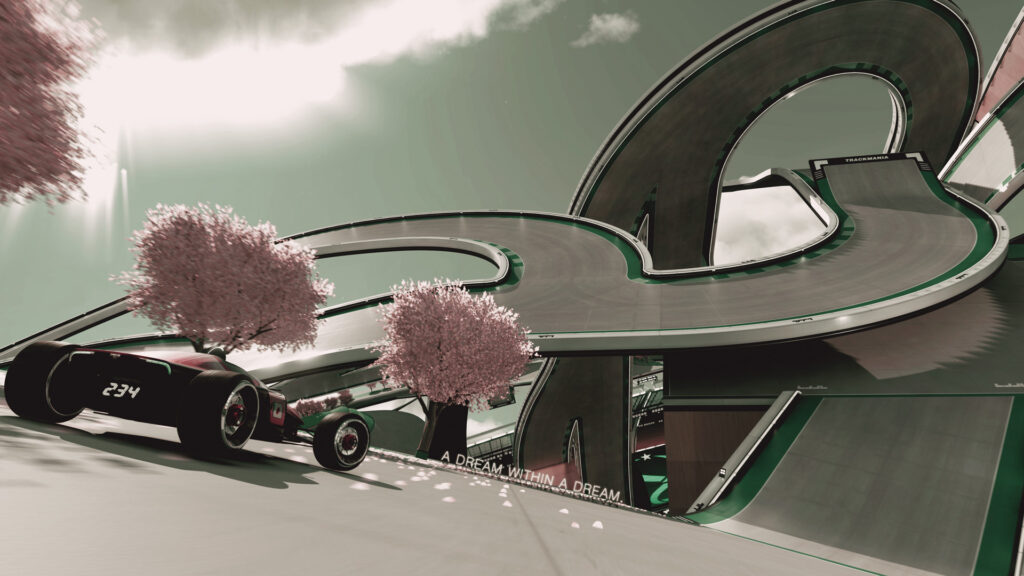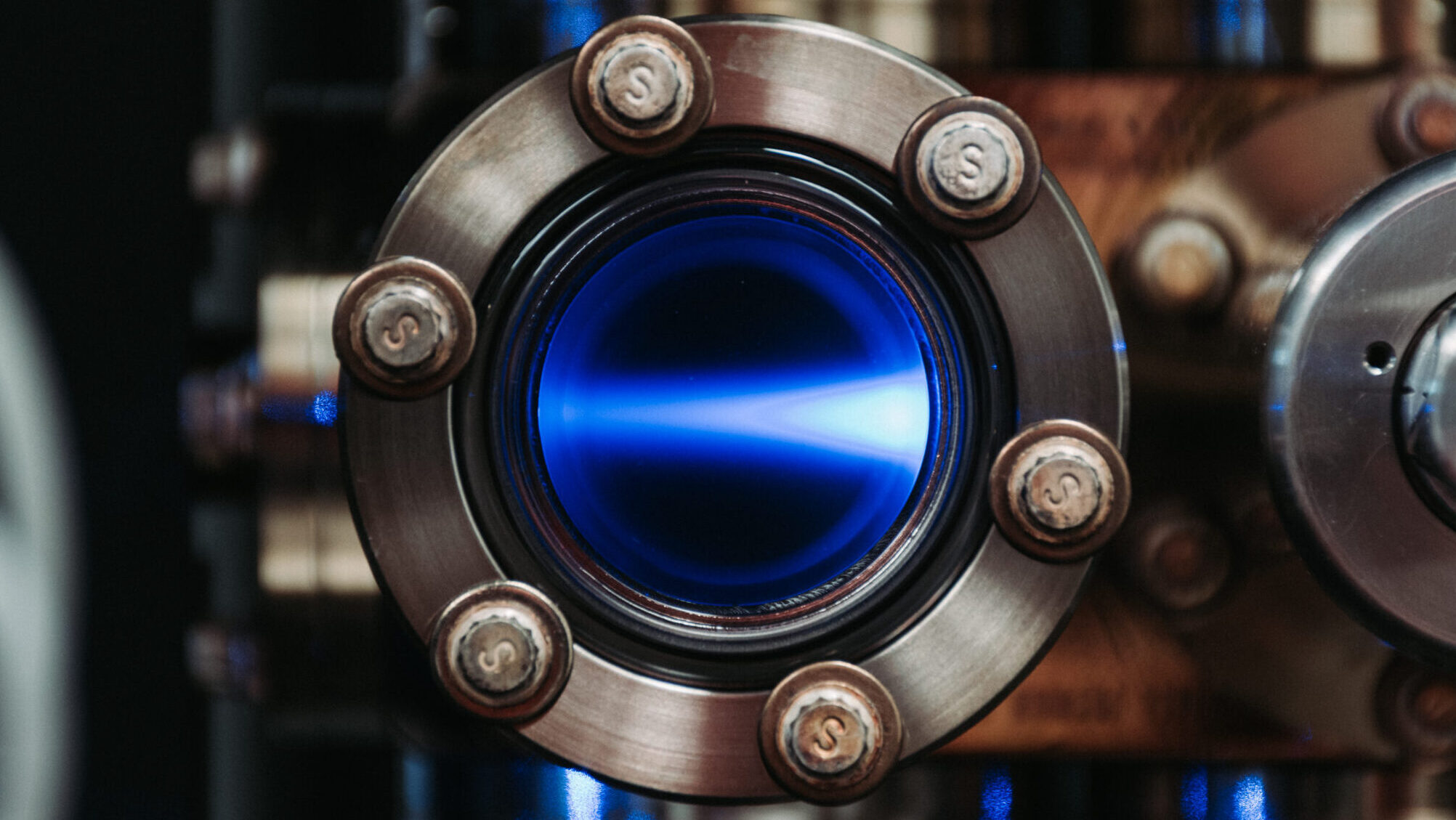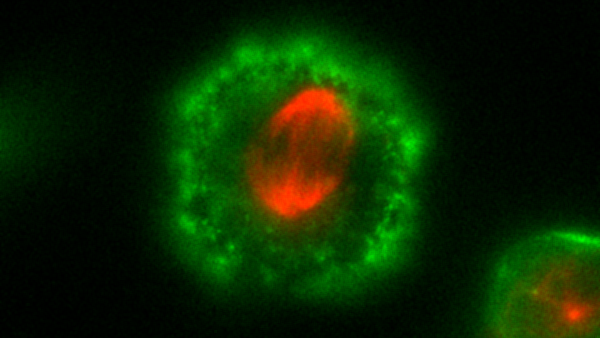Academic

Neural representations and geometry of in-context classification
Large language models (LLMs) such as GPT and Claude exhibit the uncanny ability to learn from examples provided in a prompt, without any additional network weight updates. This contrasts with traditional in-weights learning, where supervised training is used to tune a model’s parameters until it generalizes sufficiently well to unseen data. We believe this may provide a new avenue for explaining the robustness of learning in biological systems, while also accounting for natural variability in behavioral outcomes.

Irreversibility in High-Dimensional Systems
How do we actually tell the difference between a process which proceeds forward in time versus one that proceeds backwards? Our intuition allows us to tell that there is a likelihood associated with forward time protocols that is significantly lower than the corresponding backward time protocols, which relates to the statistical formulation of entropy production. In this study, we are trying to extract the most salient features of this distinction between forward and backward processes which enable the quantification of irreversibility in stochastic dynamics.
Non-Academic

Self-driving automation in Trackmania
Can we teach an automated driver to read a track in the same way that a human does? For the last 17 years, I have thoroughly enjoyed playing Trackmania (Nations Forever and 2020 for the last four years). The current approach to driving automation requires a smooth parametrization of a race, but humans typically don’t know this beforehand. Rather, we extract features which point to the continuity of a track and solve for the optimal racing line. This presents an interesting approach to real-time feature extraction and how these features are sharpened and transferred into long-term associative memory, enabling lateral transfer of knowledge between different tracks.
Past

Simulating quantum magnetism with ultracold polar molecules
In the Bakr Lab at Princeton, we studied the site-resolved thermalization dynamics of ensembles of ultracold polar 23Na87Rb molecules trapped in an optical lattice, enabled by a novel molecular quantum gas microscope.
Our results were published in 2023 in Nature.

Construction of an ultracold strontium experimental platform
In the Nicholson Lab at National University of Singapore (now at Duke), I was part of a team constructing a versatile experimental platform for trapping and cooling 88Sr to ultracold temperatures. With this project, we aimed to enable future studies of ultracold atomic clocks and many-body physics on a single platform.

Functional studies of cytoskeletal crosslinker FH2 domain-containing protein 1 (FHDC1)
In the Wu Lab at National University of Singapore (now at Yale), we studied the morphological behaviors of rat basophilic leukemia (RBL) cells in two dimensions and the role of FHDC1 in their adhesion and migration.
Our work was published as part of a larger project in 2024 in Frontiers in Cell and Developmental Biology.